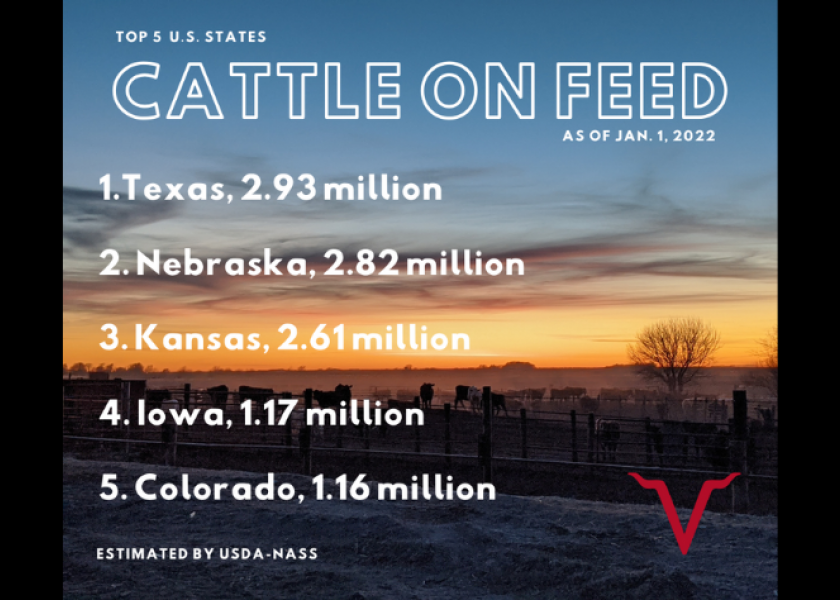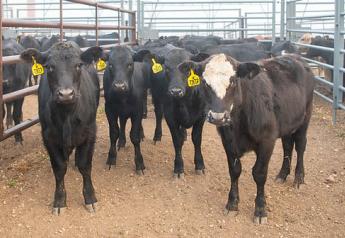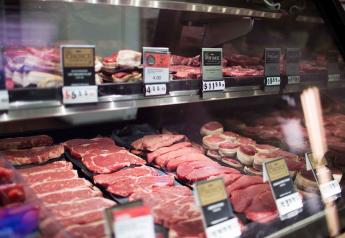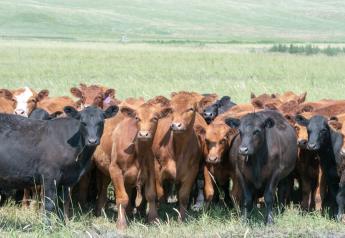Peel: Cattle on Feed and Drought

The latest Cattle on Feed report showed a record April feedlot inventory of 12.1 million head, up 1.7 percent year over year. The quarterly inventory of steers on feed was up 1.8 percent year over year while the inventory of heifers on feed was up 1.7 percent over one year ago.
The total inventory included 62.3 percent steers and 37.7 percent heifers. The current level of heifers on feed does not suggest heifer retention for herd expansion. For example, from 2014-2016 in the last herd expansion, the average level of heifers on feed was 33.6 percent.
March placements were fractionally lower than last year, down 0.4 percent. This total was well above pre-report expectations of an eight percent decrease in placements. Once again feedlots have found cattle to place when feeder supplies are tightening. The largest increase in placements was in Nebraska, which was up 6.8 percent year over year. Placements in Kansas and Colorado were equal to last year while Texas was down 6.5 percent and Iowa was down 10.7 percent year over year.
March feedlot marketings were down 2.0 percent from last year as expected. Nebraska also had large marketings in March, up 7.7 percent year over year. Kansas marketings were also up 2.1 percent over last year. Iowa marketings were down 0.9 percent year over year in March while Texas was down 8.8 percent in marketings and Colorado feedlots marketed 9.3 percent fewer cattle compared to last year.
As May approaches and widespread drought conditions persist, cattle industry impacts are expected to accelerate in the coming weeks. However, there are indications that drought is already impacting cattle markets significantly. Auction totals and other data seemed to indicate that March placements would be sharply lower. The unexpectedly large March feedlot placement total may indicate unusual movement of feeder cattle out of the country. It is possible that some heifers originally designated as replacements on January 1 are already being diverted to feedlots.
Beef cow slaughter for the year to date is up 17.5 percent year over year. This combined with the large number of heifers in feedlots and the fact that heifer slaughter is up 2.0 percent year over year thus far in 2022 suggests that female numbers are being pulled down even before the worst drought impacts are felt. Perhaps the ongoing drought, carried over from 2021 for many producers, combined with strong feeder cattle and cull cow prices is prompting early adjustments in herds.
At the current pace of cow slaughter, the beef cow herd could decrease up to four percent year over year in 2022. This would be the largest yearly decrease in the beef cow inventory since the 1980s. The pace of cow slaughter may slow in the second half of the year but is expected to remain strong in the second quarter and significant herd liquidation seems inevitable this year.







